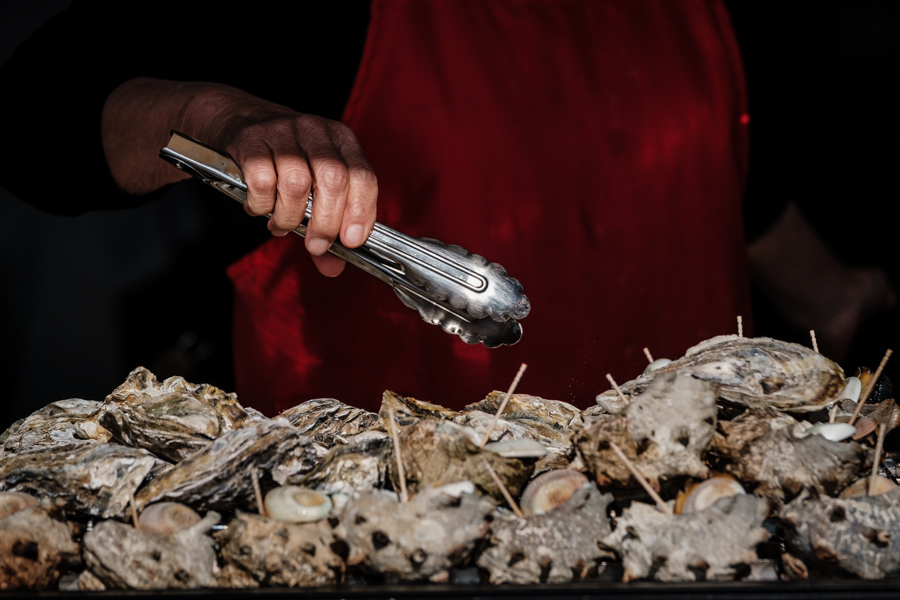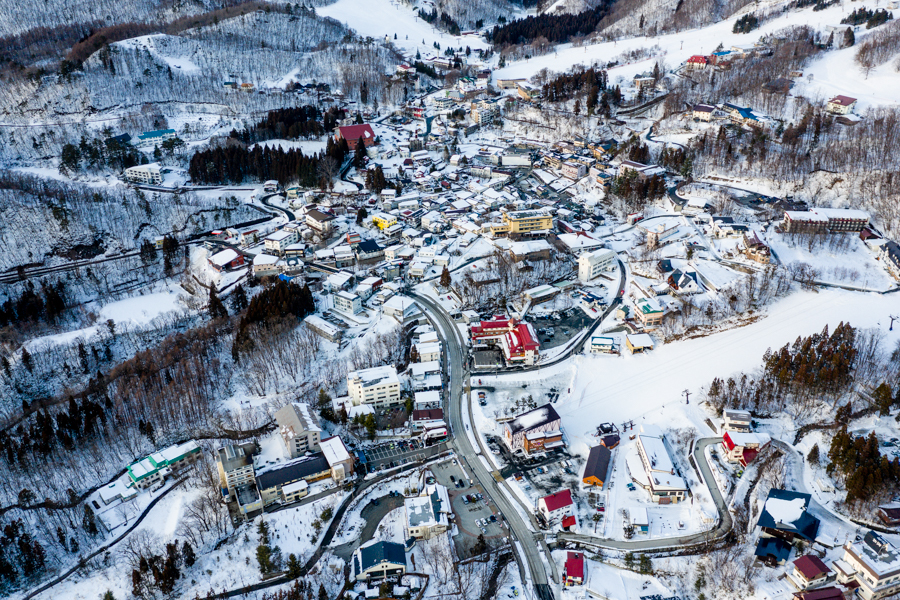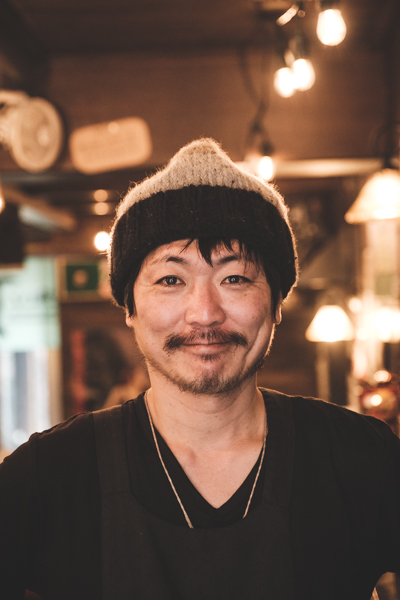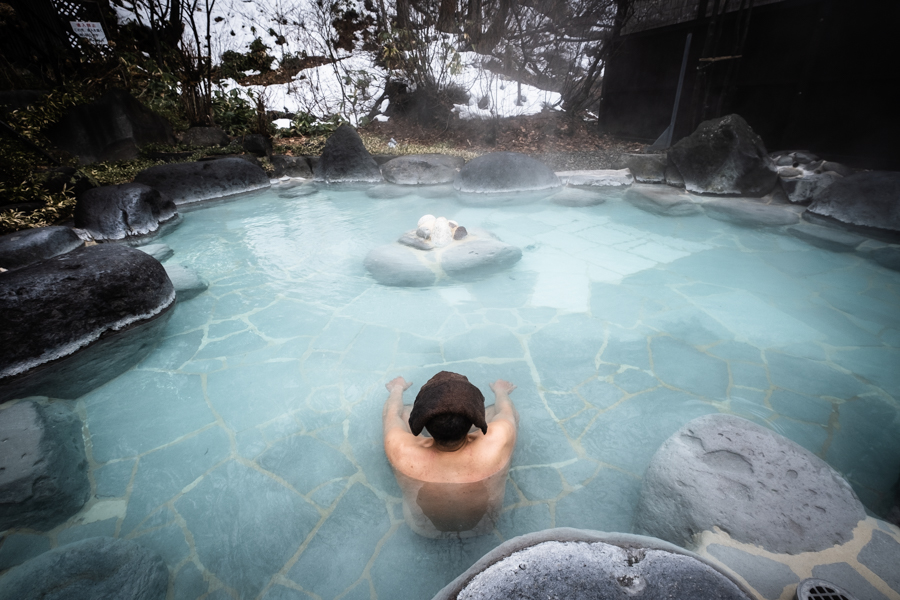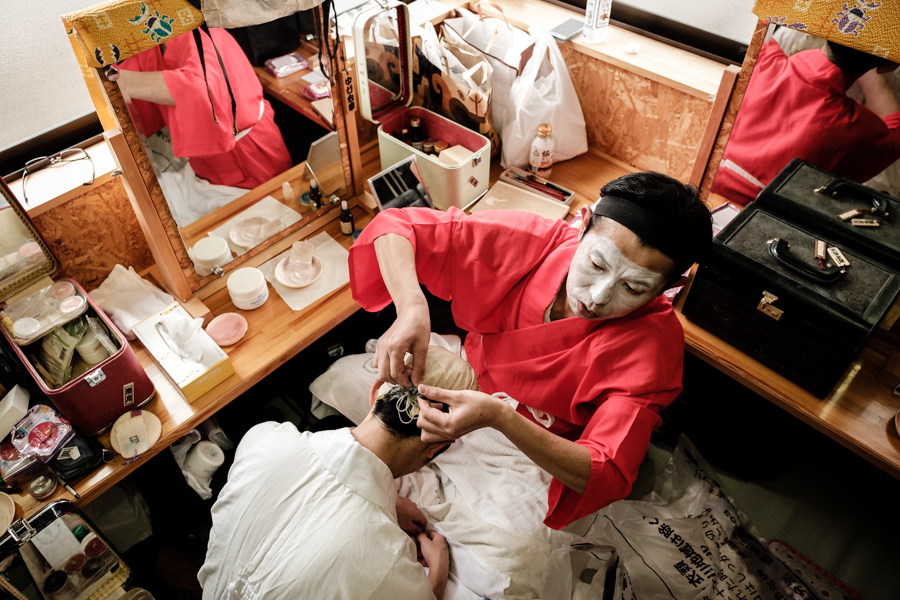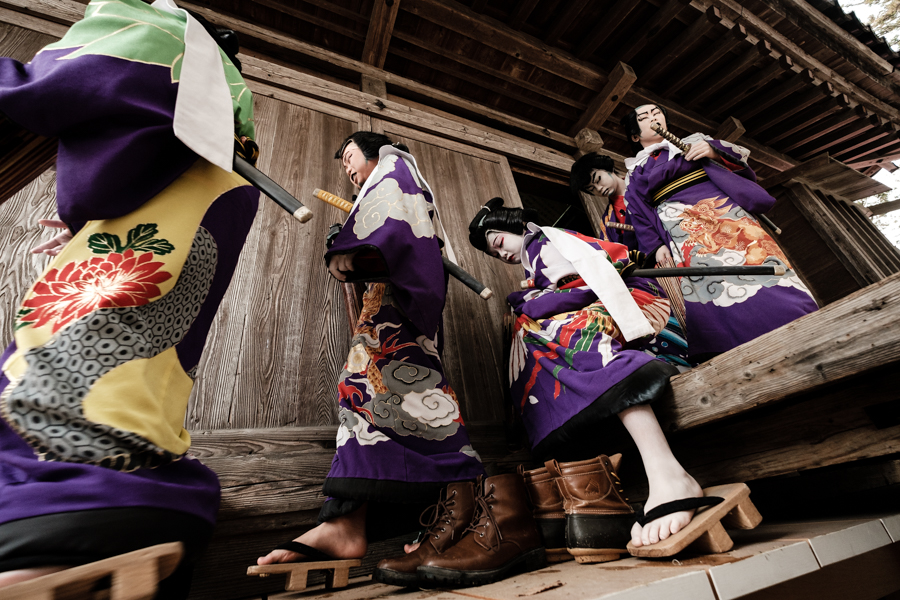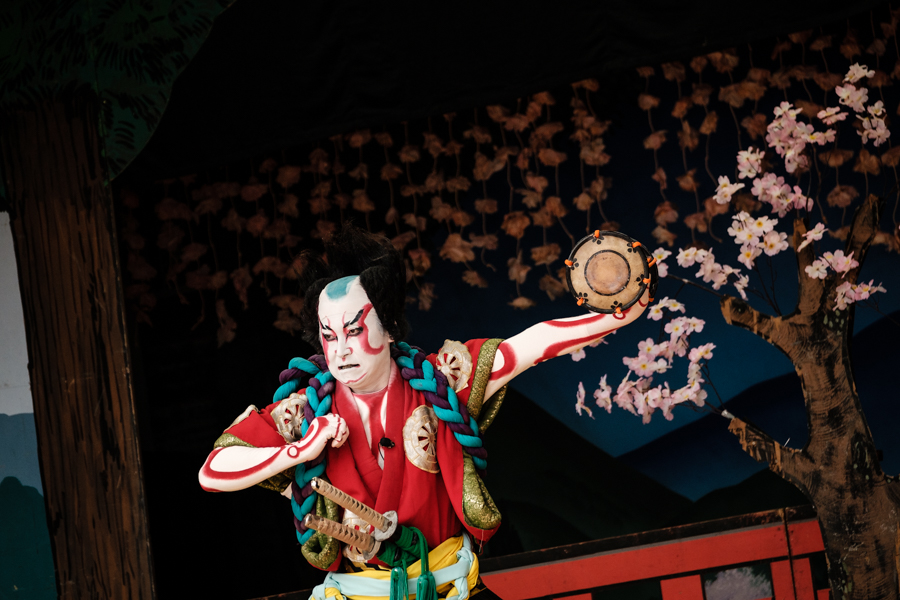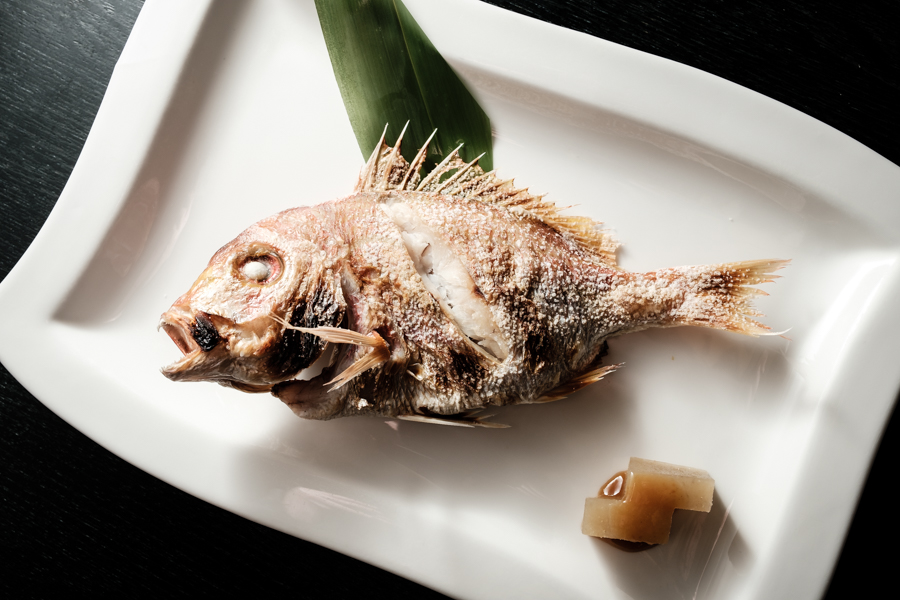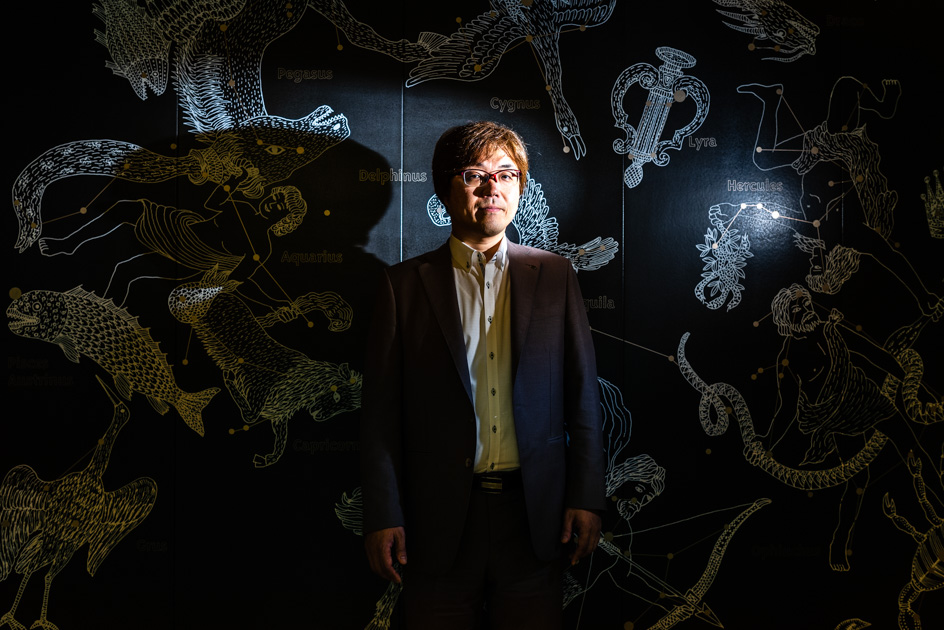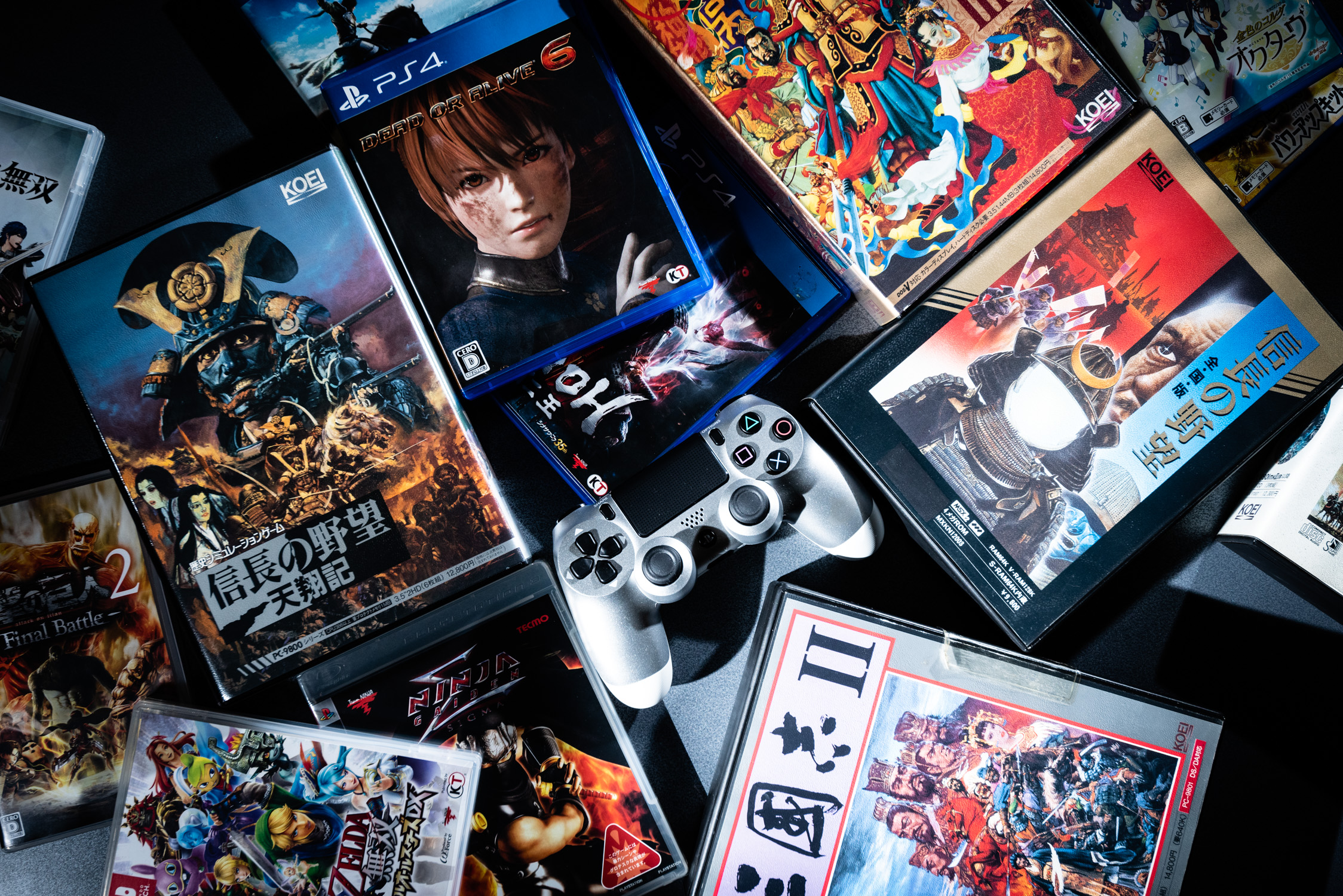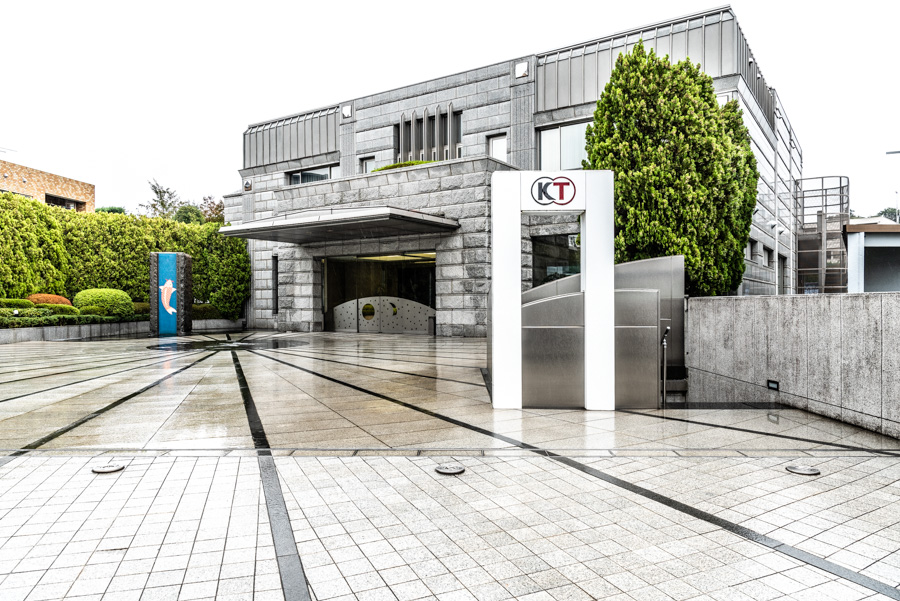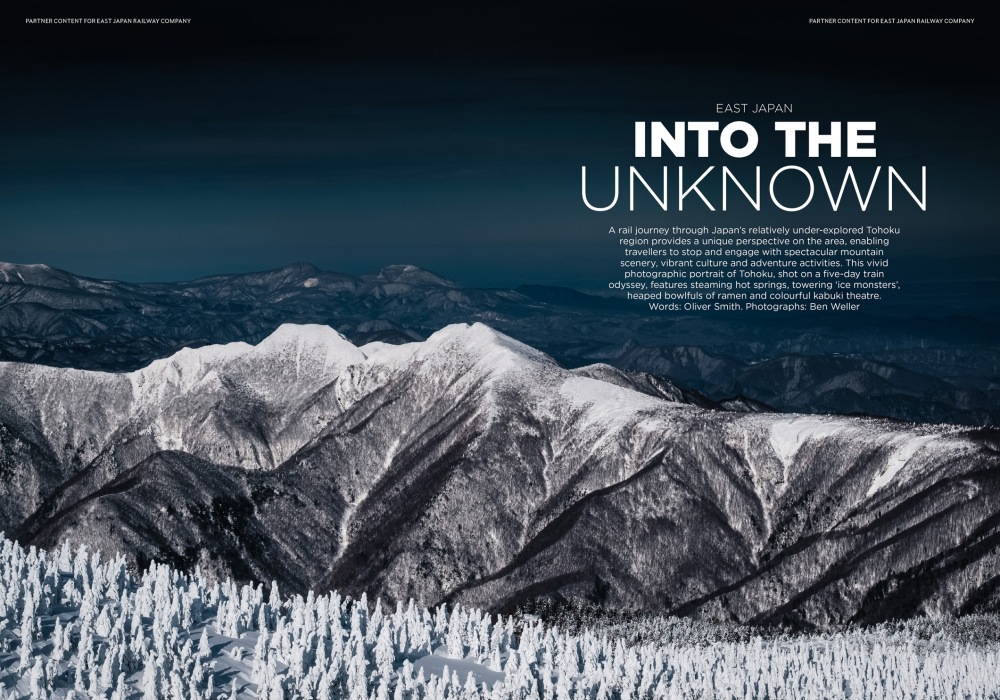
Tohoku by Train – On Assignment for National Geographic Traveller
Japan is a country of breathtaking natural beauty. The first stops on a visitor’s itinerary are often the pulsing urban centers of Tokyo and Osaka, followed by the ancient temples of Kyoto and Nara. But for those wishing to escape the crush of crowds and get a bit closer to the earth, the wild mountains and coastlines of Tohoku are an attractive alternative. When editors at National Geographic Traveller (UK) approached me last winter, proposing a five-day train trip to photograph the region for their partner, the East Japan Railway Company (JR East), I was immediately on board. The brief was challenging but flexible. The clients wanted me to cover as much ground as I could, taking trains whenever possible, highlighting the region’s natural beauty, culture, faces and food. I had just a few days to plan my route and book hotels before hopping on the Shinkansen and heading north.

Tohoku spans Honshu from the Pacific Ocean, across Japan’s longest mountain range, and then spreads out across the flatlands toward the Sea of Japan. My first stop was Matsushima, one of the famous Three Views of Japan.
On Day 2, I hopped back on the local JR train as it climbed into Yamagata prefecture, taking me closer to the famous hot springs and snowy slopes of Mt. Zao. I would spend two nights in Zao Onsen, hiking in the snow, luxuriating in hot baths, and eating some of the best ramen you can find anywhere.
The final destination on my itinerary was a day-long kabuki festival in Sakata City on the Sea of Japan. The performers at Kuromori Kabuki are locals, and the annual event is a great way to enjoy this traditional art in a relaxed (but cold!) and festive atmosphere.
As with nearly every assignment I’ve shot in Japan, my trip through Tohoku only whetted my appetite. While the clients were extremely happy with the work, I’m not done with this project. I’m already planning my next train trip to Tohoku.


